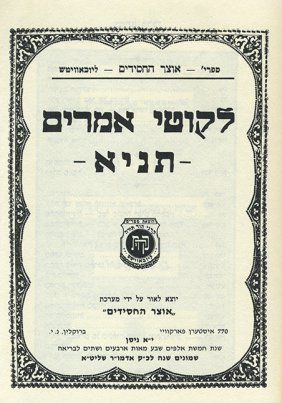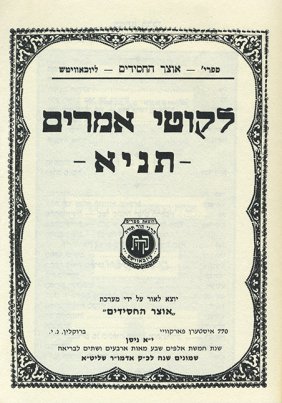Sha’ar HaYichud VeHaEmunah: End of Chaptr Eleven, 4th of Tammuz
Letters are channels. At the beginning of this chapter we explained that life-force comes from G-d in the form of letters. Compared to Hashem’s middos, we can call them letters; but from our end we have to realize that these are 22 different types of expression from on High. The font of these is related to the way they channel the life-force (will be explained later on).






